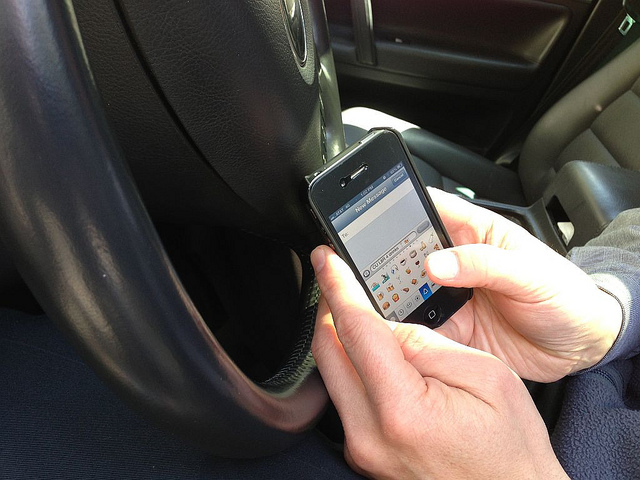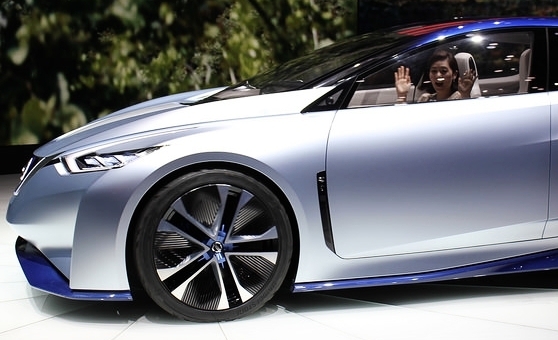Today is one of the most romantic days of the year - Valentine’s Day! In case you didn’t remember, it’s not too late to buy that box of chocolate or grab a bouquet of flowers. For those who did remember, I’m sure many loved ones are in for a wonderful and romantic dinner. Some restaurants even offer special menus that pair special Valentine’s dishes with the perfect corresponding alcohol to enhance the romantic dining experience. Whether dining at the most popular restaurant in town with a three month waiting list or proclaiming love over chicken wonton tacos at Applebees, most lovebirds will be toasting their love with alcohol! To many people, Valentine’s Day isn’t being celebrated properly if there isn’t a champagne toast, a fancy cocktail, or a chocolate stout beer involved. In fact, Valentine’s Day is the 3rd highest drinking holiday in America!
That’s right, Screener says that the amount of alcohol consumed on Valentine’s Day is only topped by how much Americans drink on Super Bowl Sunday and New Year’s Eve. And in fourth and fifth place on that list are the 4th of July and Halloween. Screener obtained this information from BACtrack, which is a company that makes breathalyzers to test a person’s blood alcohol content (BAC). BACtrack performed a study in which they gathered over 100,000 anonymous BAC test results from users of BACtrack Mobile, their award winning smartphone breathalyzer. This information was compiled into the BACtrack Consumption Report, which is regularly updated.
The Centers for Disease Control and Prevention (CDC) states that about 28 people die daily because of drinking and driving. And that is just any other day. However, as shown by the BACtrack Consumption Report, national alcohol consumption is at its peak over the holidays. There’s nothing wrong with eggnog on Christmas or a candy corn jello shot on Halloween, but it’s when driving is added to holiday drinking that there is an issue.
According to the U.S. Department of Transportation, about 300 people over the past 5 years died in drunk driving automobile accidents between Christmas and New Year’s alone. Combine this knowledge of holiday drunk driving fatalities with information from a 2017 OpenTable survey which found that 71% of people plan to dine out for Valentine’s Day, and it is reasonable to assume that there will be a marked increase in drunk driving auto accidents today. Many couples will be going out to dinner and enjoying a glass or two of wine with their steak or heart-shaped pizza, only to drive home under the influence of alcohol and risk becoming involved in a drunk driving auto accident. It’s important to note that, according to West Virginia University, even one drink may decrease attention span, limit reflexes, and overall hinder a person’s ability to safely drive.
No one wants their special night ruined because of a drunk driving automobile accident. By not drinking and driving this Valentine’s Day, you can be sure that you are not causing a drunk driving car accident. Just because you’re not drinking and driving though, doesn’t mean that others aren't. Considering how many more people are on the road than usual on Valentine’s Day, and how many of those people have possibly consumed alcohol, it only makes sense that the number of drunk driving car crashes will increase today.
TABC Certification has several suggestions on how to avoid being involved in a drunk driving automobile accident this Valentine’s Day:
How To Avoid Valentine’s Day Drunk Driving Car Accidents
Hire a private car for the evening - Not only is this safer, but it also shows how much you appreciate your partner when you hire a chauffeur for the evening so you can enjoy drinking without guilt.
Stay at a hotel - If you want to avoid driving altogether, consider staying at a hotel with a well-reviewed restaurant. That way, you can drink as much as you want before heading up to your room.
Create a unique night in - Consider staying at home for Valentine’s Day. Send any kids to a babysitter and create your special night in your own home.
Choose your own Valentine’s Day - Valentine’s Day is a busy day for restaurants. Consider celebrating Valentine’s Day on a different day to avoid overcrowded restaurants and overpriced taxi prices.
Abstain from alcohol - Enjoy the night without alcohol. This is easier if both abstain from alcohol for the night.
Another tip, especially for those who want to stick to a budget, is to use the chauffeur services of ride sharing apps like Uber and Lyft. Even public transportation is a good way to avoid drunk driving, especially if your special night involves more than one activity.
Drinking and driving is never safe. Valentine’s Day should be a time to enjoy with your partner and not your drunk driving accident attorney. Stay safe with your significant other on the road this Valentine’s Day by not drinking and driving. If you or a loved one have been the victim of a drunk driving automobile accident, call The Michigan Law Firm, PC at 844.4MI.FIRM for a free legal consultation.
















